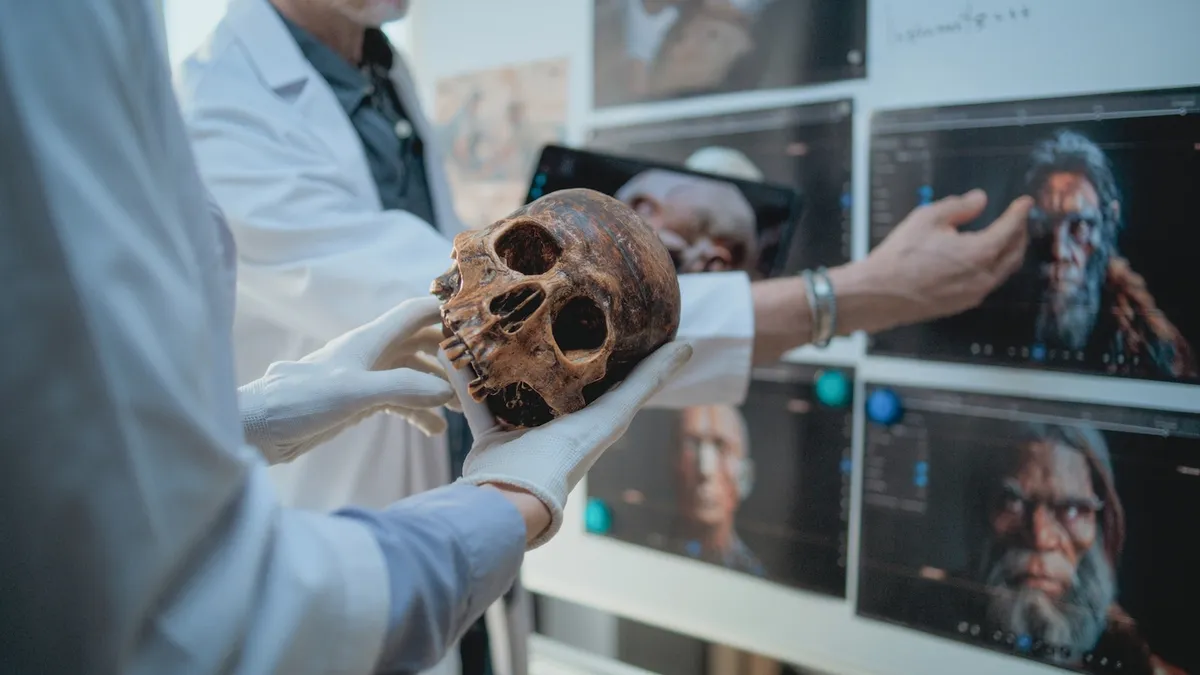
Recent research suggests that exposure to lead by ancient humans may have provided a significant survival advantage over other hominid species, particularly in their ability to resist the harmful effects of lead. An international team of researchers conducted a comprehensive analysis of the lead content found in 51 fossilized hominid teeth, with some samples dating back approximately 1.8 million years. The study revealed that 73% of these ancient samples, which included Homo sapiens, Neanderthals, and other extinct Homo species, showed signs of lead exposure.
Based on their findings, the researchers proposed that Homo sapiens evolved a better response to lead exposure than their close relatives, the Neanderthals, who became extinct around 40,000 years ago. The implications of lead exposure are profound, as it has been linked to numerous health issues in modern humans, including cardiovascular disease, learning disabilities, and even criminal behavior. While contemporary concerns focus on lead exposure from sources such as fossil fuels and lead-based paints, ancient hominids were also susceptible to environmental lead.
The study highlights that environmental processes like volcanic emissions, wildfires, erosion, and denudation can contribute to the accumulation of lead in certain areas, as well as its dispersal into the environment, particularly through waterways and catchment areas. These findings underscore the historical prevalence of lead exposure among ancient populations, prompting researchers to delve deeper into how such exposure influenced evolutionary outcomes.
One of the most intriguing aspects of the research involves the genetic differences between Homo sapiens and Neanderthals. Both species shared a gene known as NOVA1, but the versions of this gene differed significantly. To investigate the implications of these genetic variations, scientists created brain organoids—lab-grown miniature brain analogs derived from stem cells—featuring the modern human version of NOVA1 alongside those found in ancient hominids, including Neanderthals.
The results were compelling: when the ancient versions of NOVA1 were exposed to lead, they disrupted the activity of another critical gene called FOXP2. This gene plays an essential role in the development of human speech and language abilities. Researchers theorize that this disruption may have provided Homo sapiens with an evolutionary edge over their hominid cousins, enhancing their social and communicative capabilities.
While the researchers acknowledge certain limitations of their study—such as the reductionist nature of brain organoids, which do not fully replicate the complexity of a developed human brain—they conclude that the fossil, cellular, and molecular data collectively support the hypothesis that ancient lead exposure may have influenced the social and behavioral functioning of early humans. This, in turn, likely afforded modern humans a distinct survival advantage in a competitive evolutionary landscape.